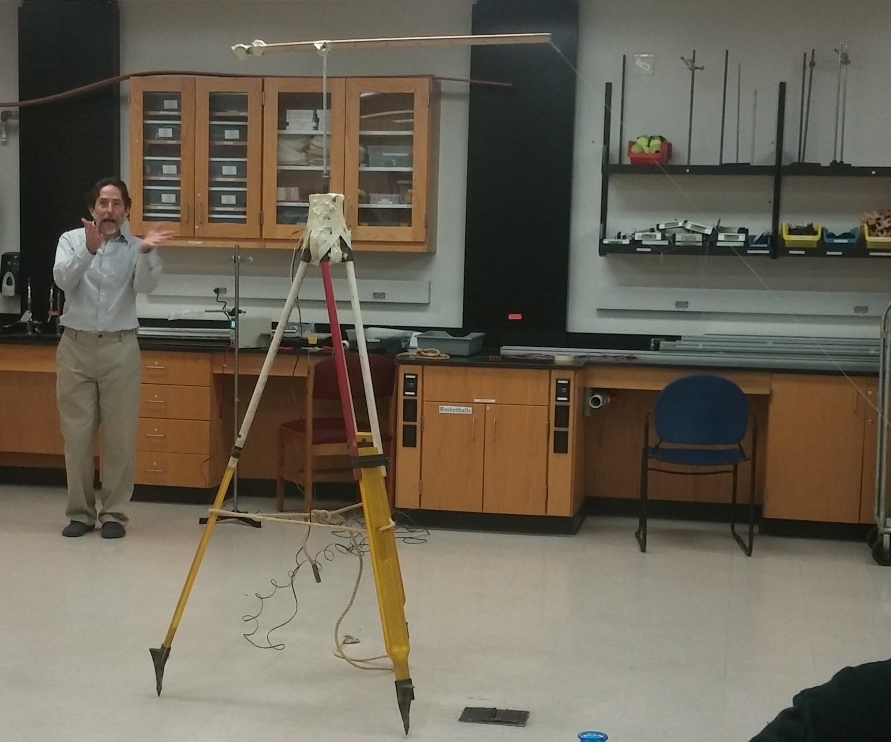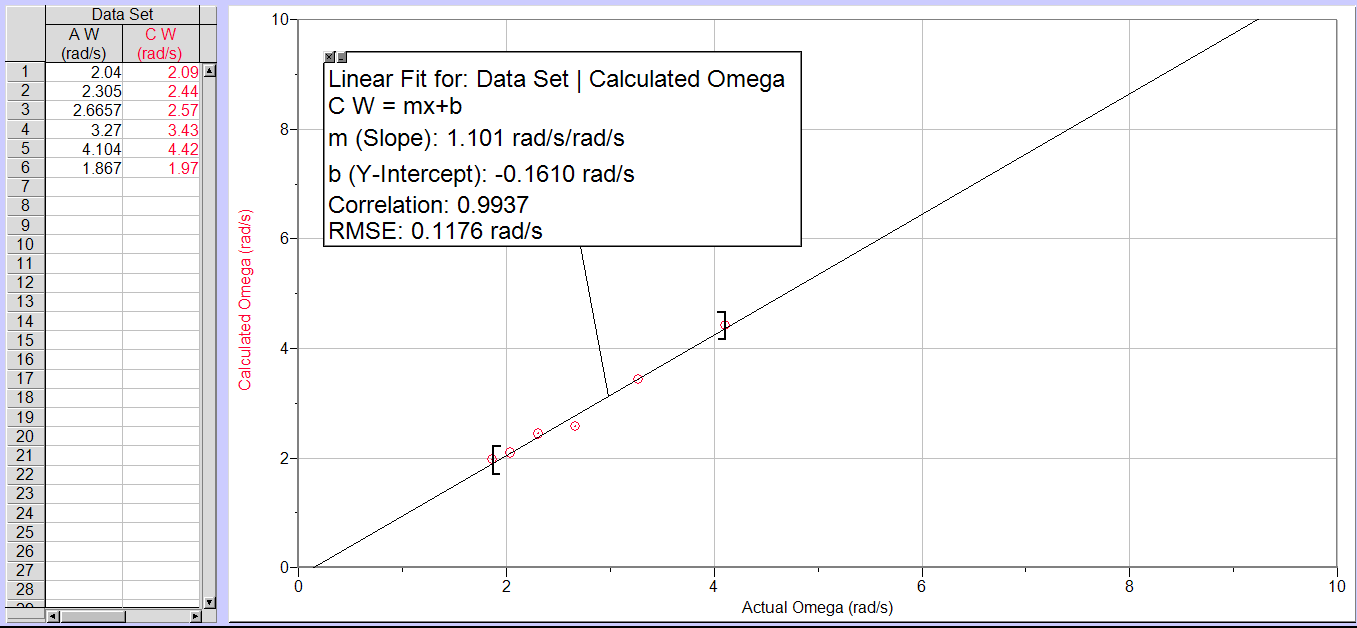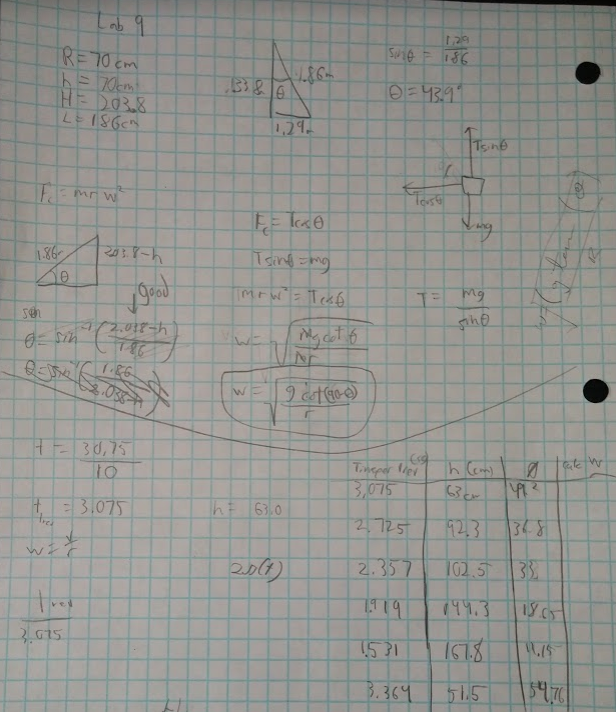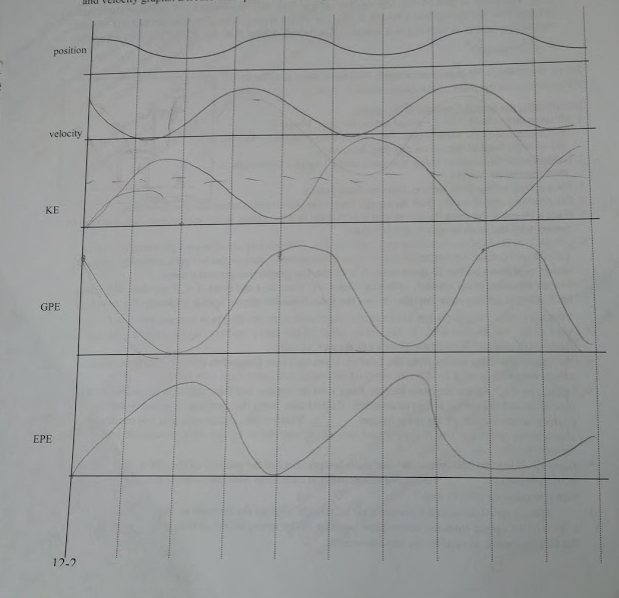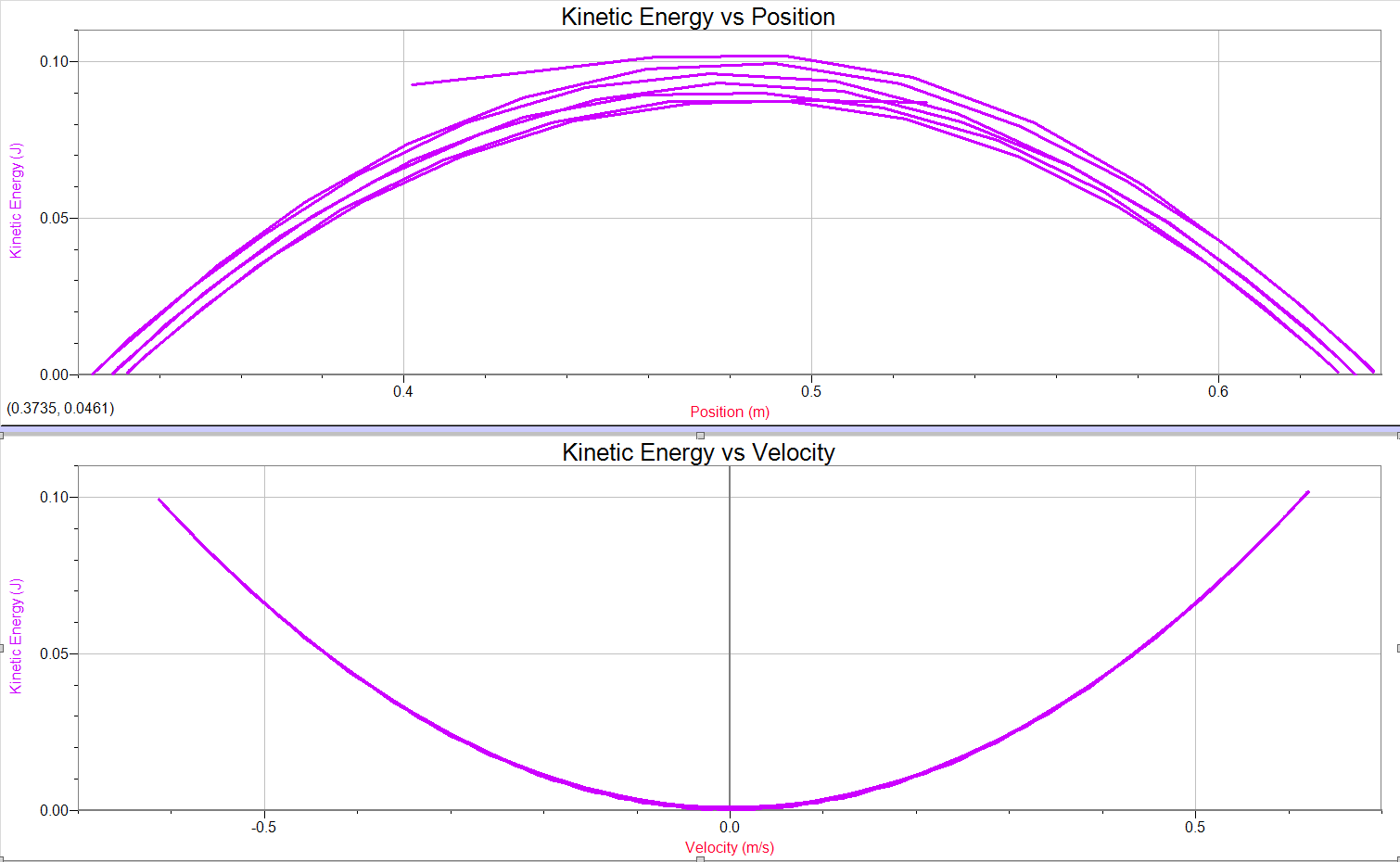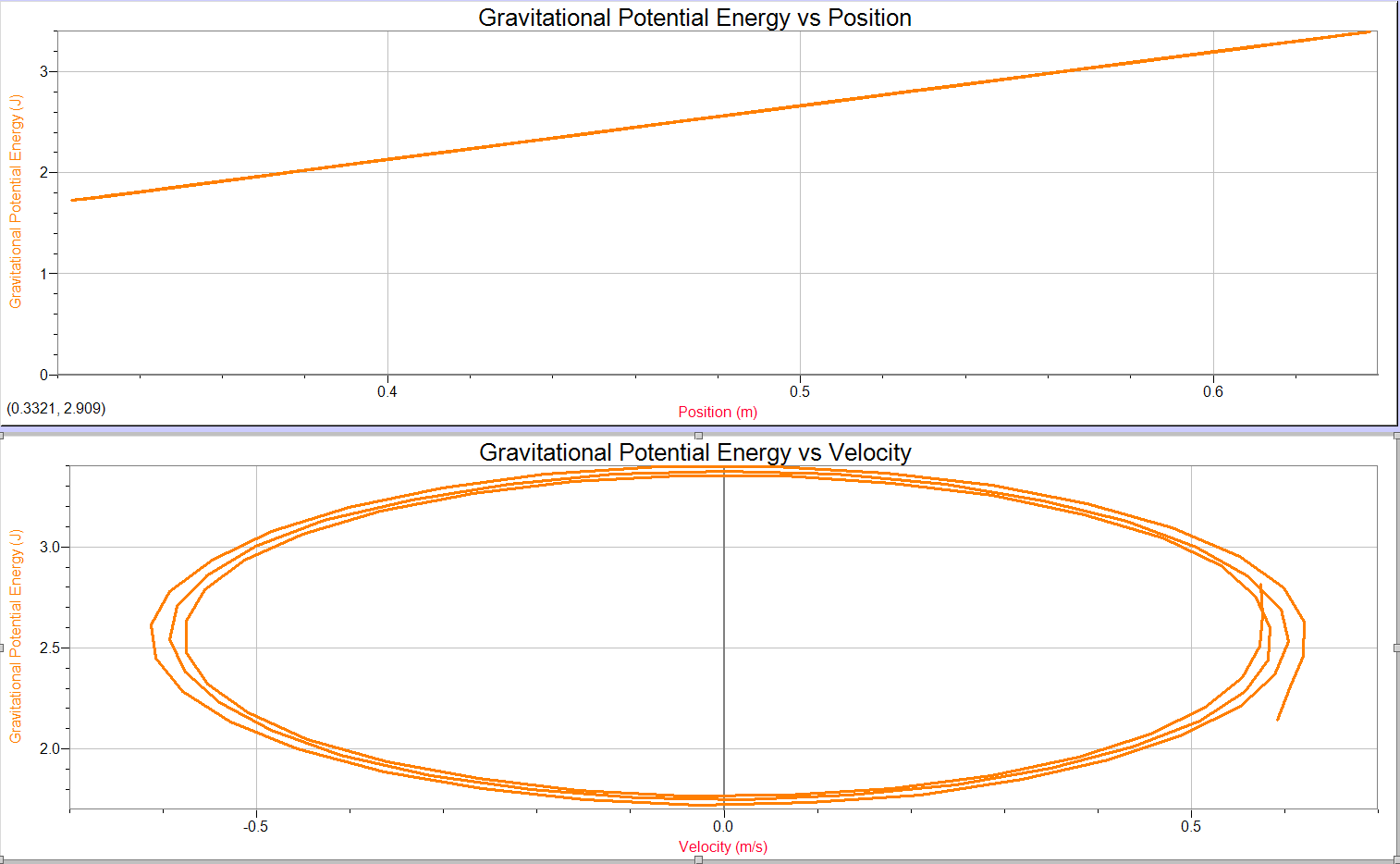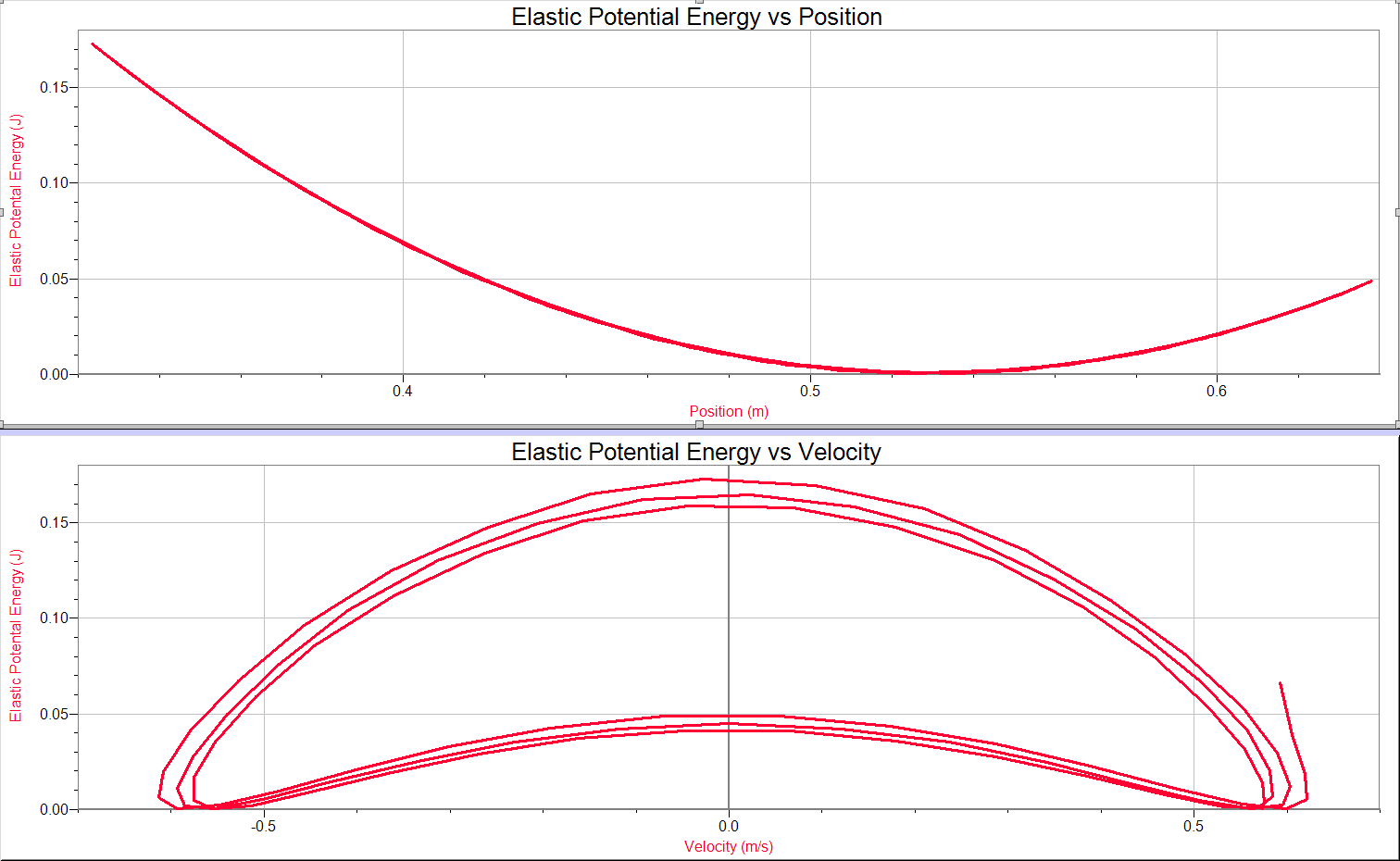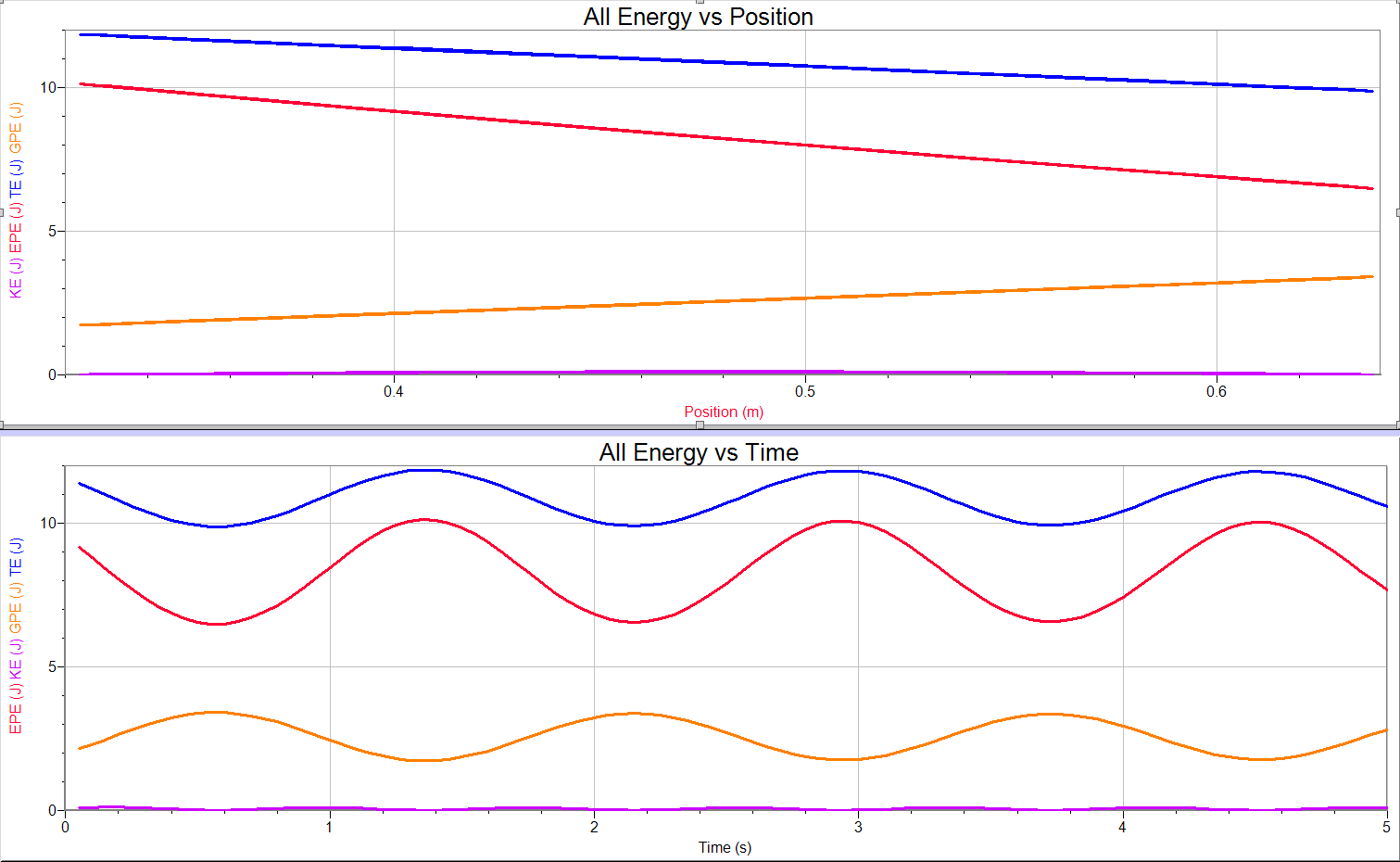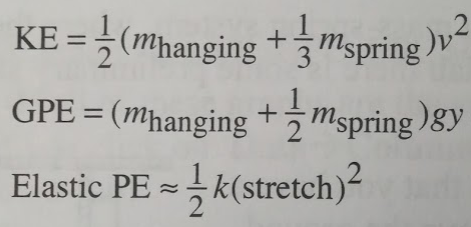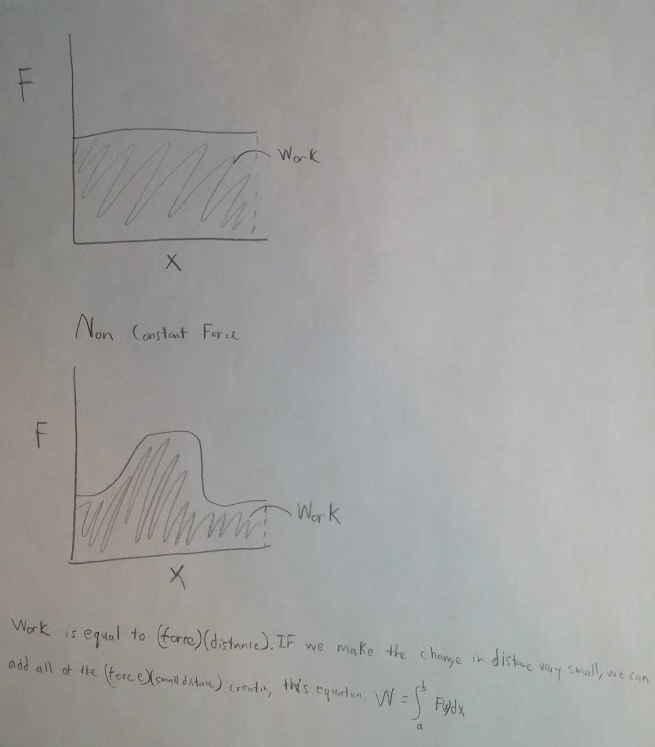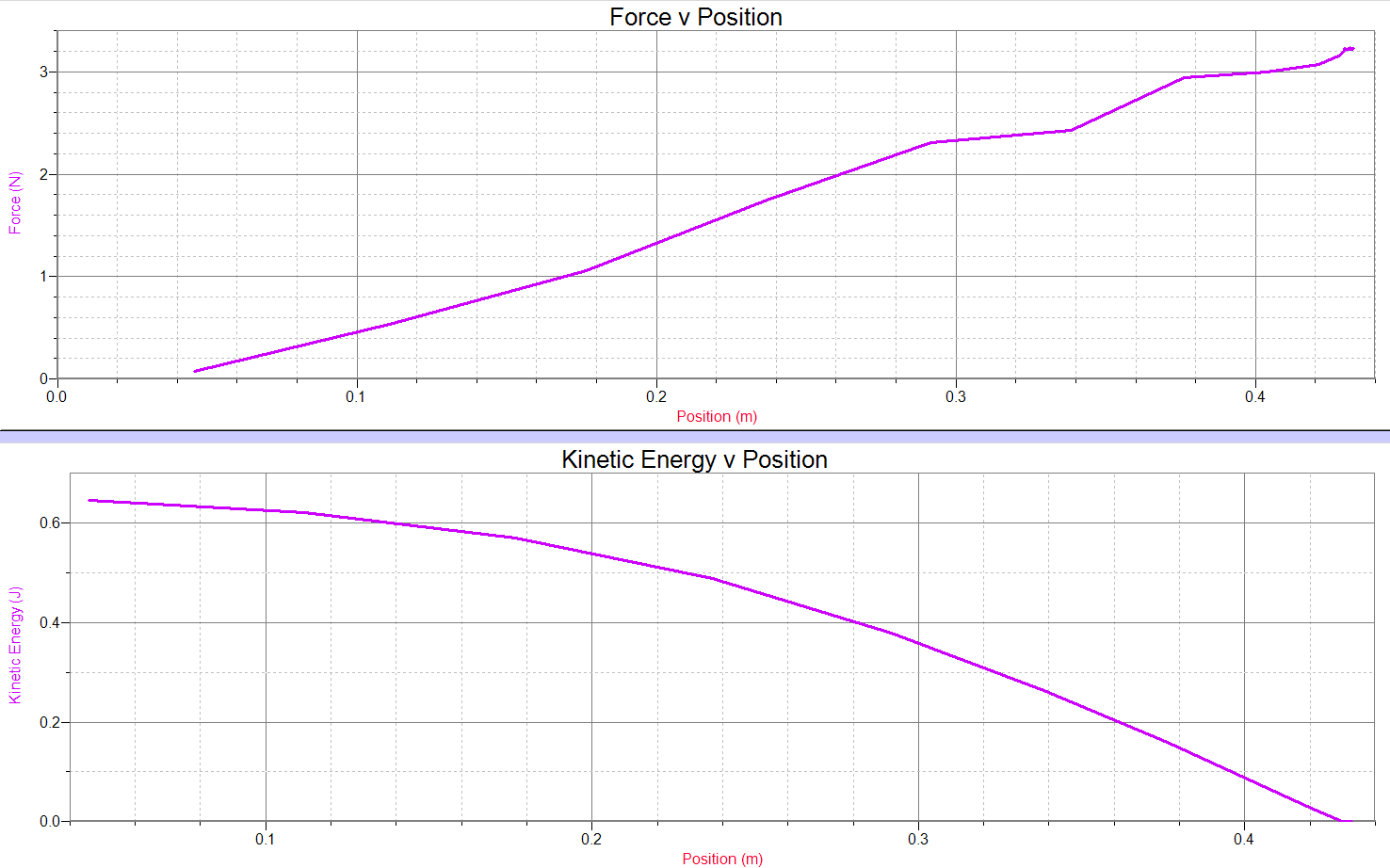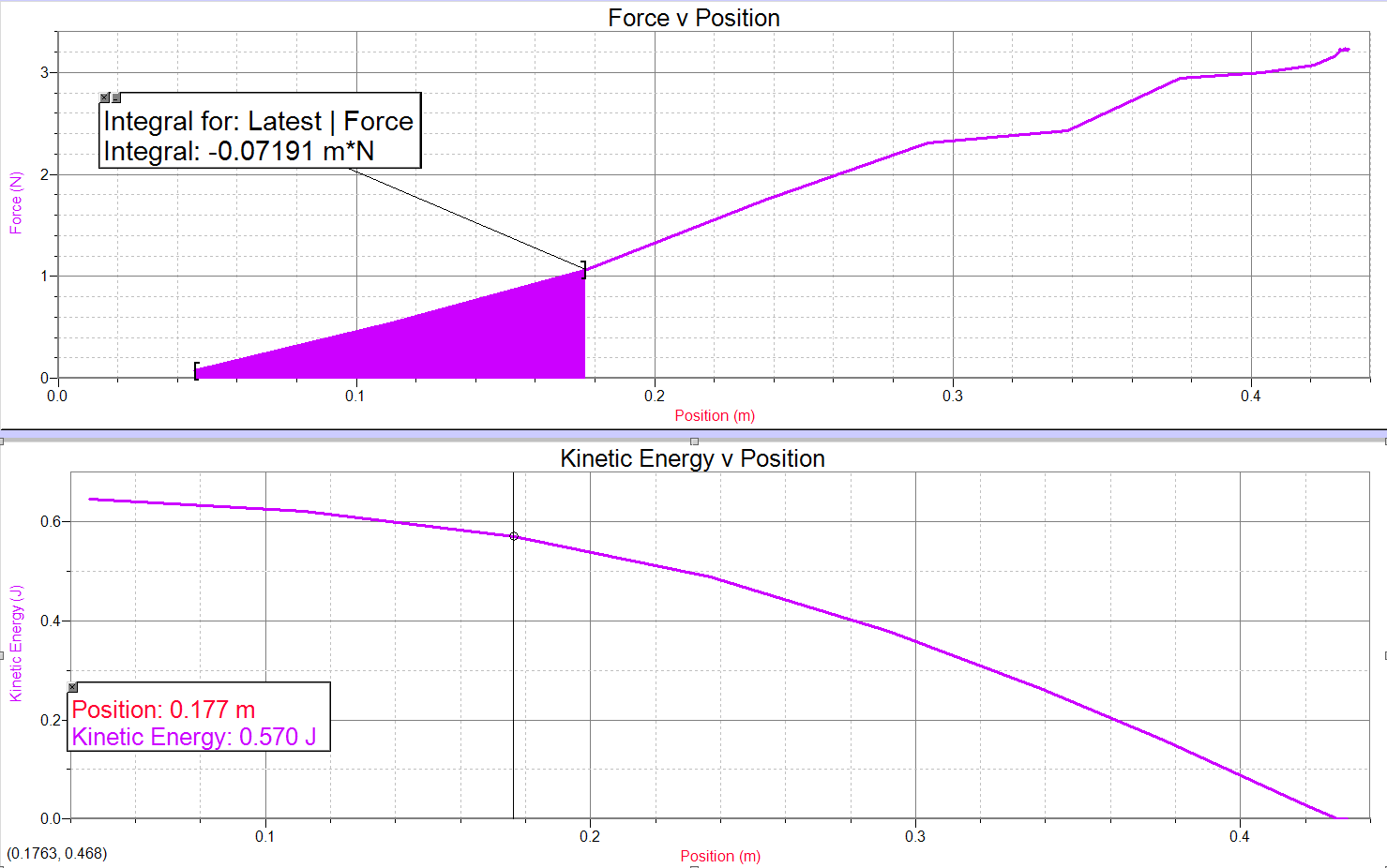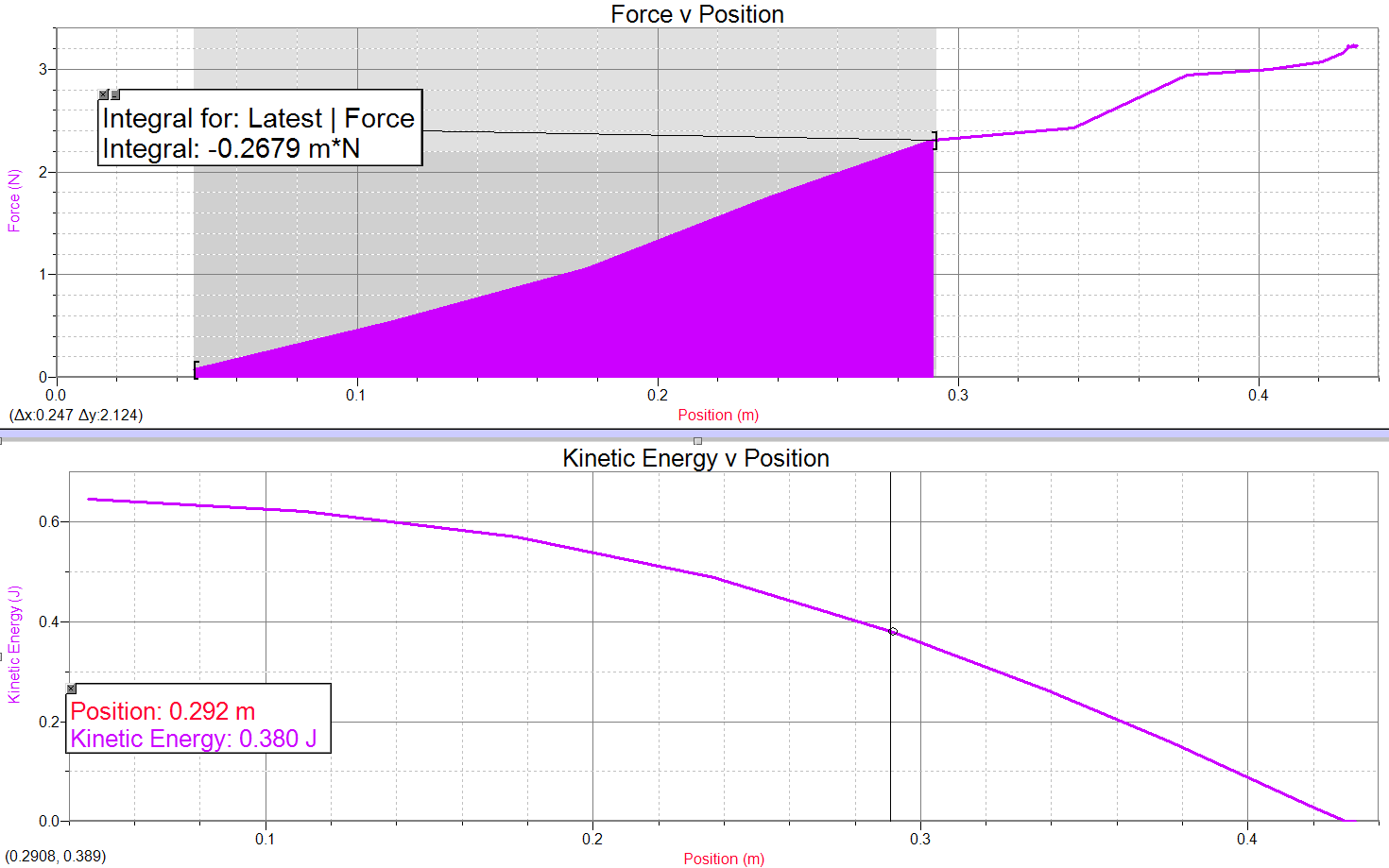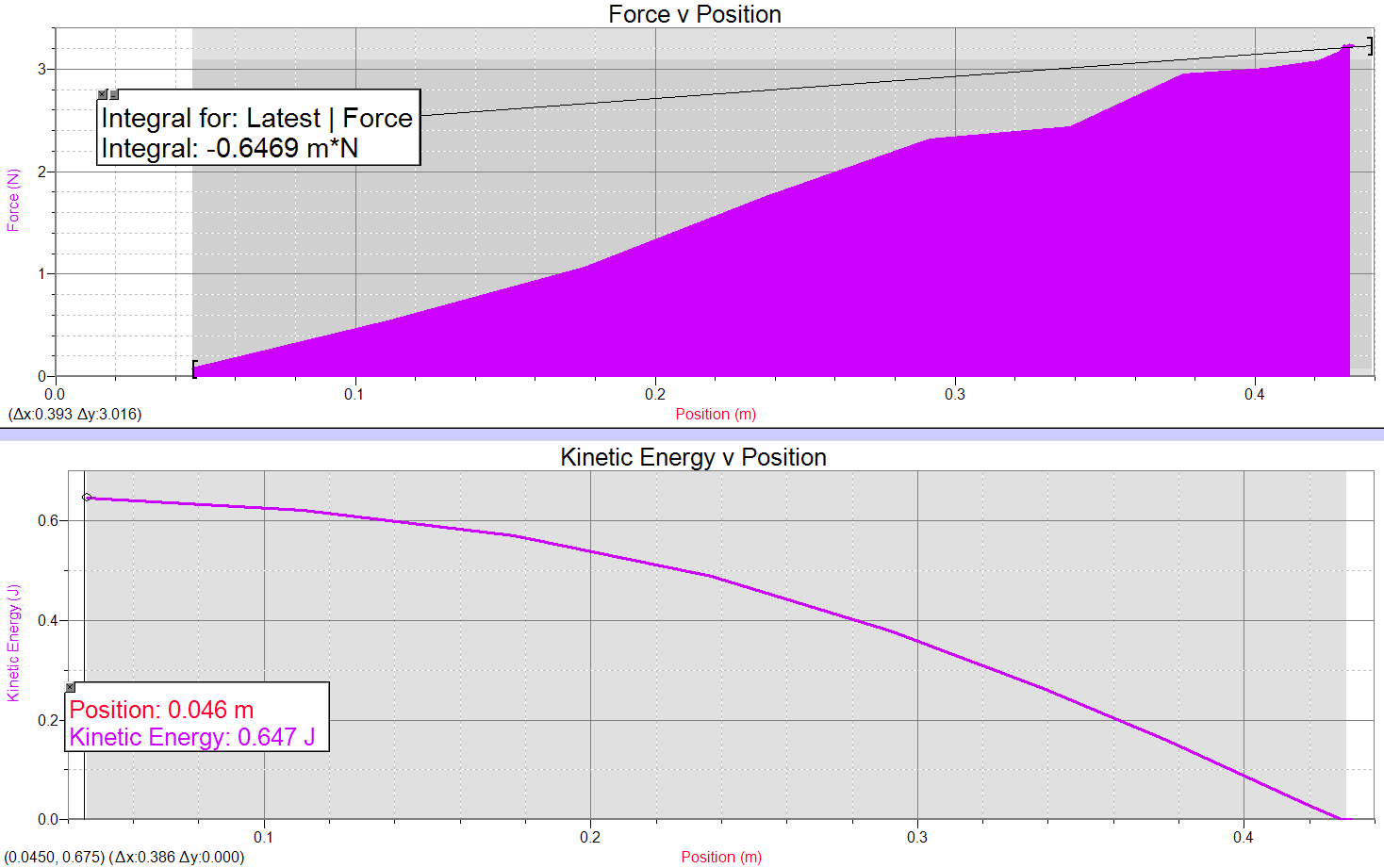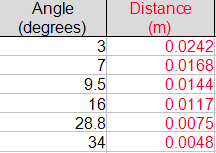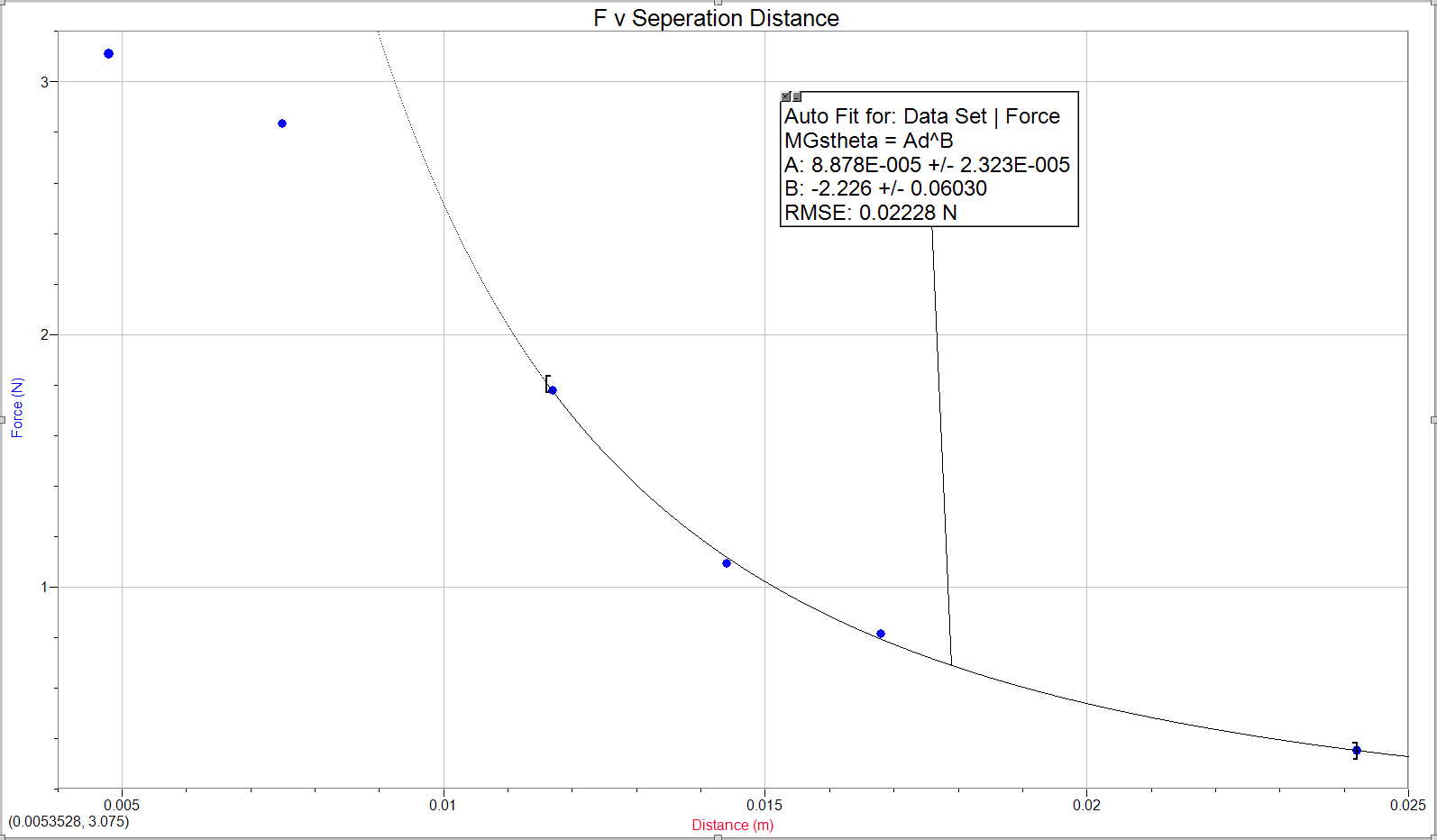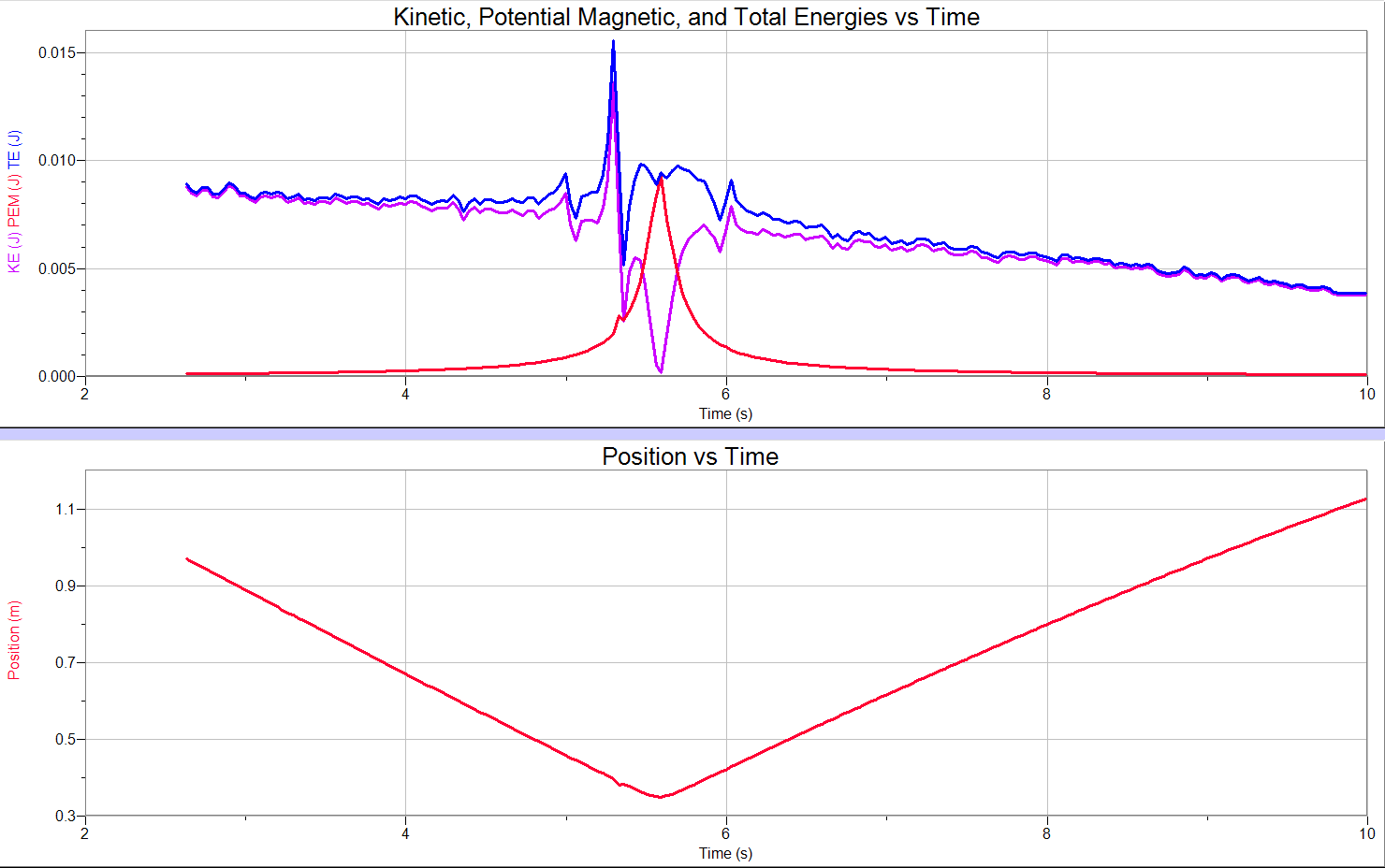Ballistic Pendulum
Lab Members:
Jarrod Griffin
Christina Vides
Enio Rodriquez
Joshua Fofrich
This lab uses many different principles, including conservation of energy, and basic kinematics. This lab is to show how all of the about principles can be applied to real world problems.
Introduction:
The goal of this lab is to predict how far a projectile will land from the launcher by first predicting the launch velocity of the projectile, then use kinematic formulas to find a predicted distance. We then launched the ball, and recorded where it fell. We then compared our predicted values of distance to the actual value for distance.
Apparatus/Procedure:
We initially set up the ballistic pendulum so that the launcher would fire directly into the holder, and the projectile would stay in the holder. We then fired this set, and recorded the angle the pendulum reached multiple times to get a good data range. We also weighed all parts of the pendulum and projectile in order to get data for our calculations. Once that was done we used the conservation of energy theorem to find a predicted launch velocity of the projectile. We then calculated where the ball would land in a real world situation. Once those calculations were done, we then launched the projectile onto the floor, moving the pendulum out of the way. We recorded how far the ball went when hitting the ground. Once we had all of this data we could then compare our actual data to calculated data. Below is a picture of our apparatus.
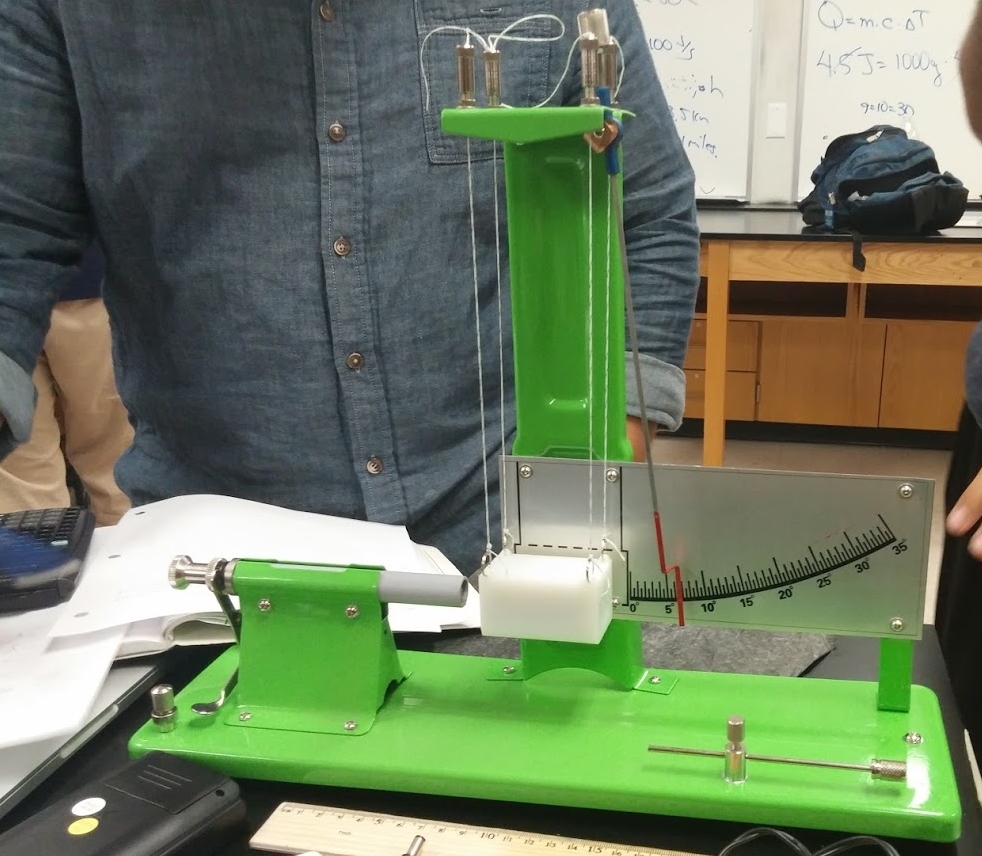
Data/Calculations:
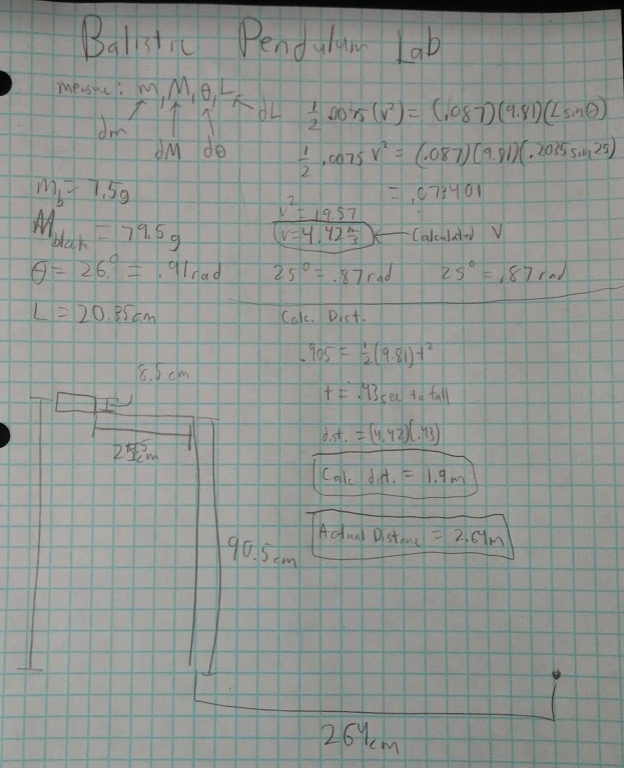
Conclusion:
Our calculations were fairly far off. A large part of this error was in getting our angle for calculating our velocity for the conservation of energy portion of the lab. The data range for our angles was quite large, and will cause a large difference in our velocity, which would affect our calculated distance the projectile went.
